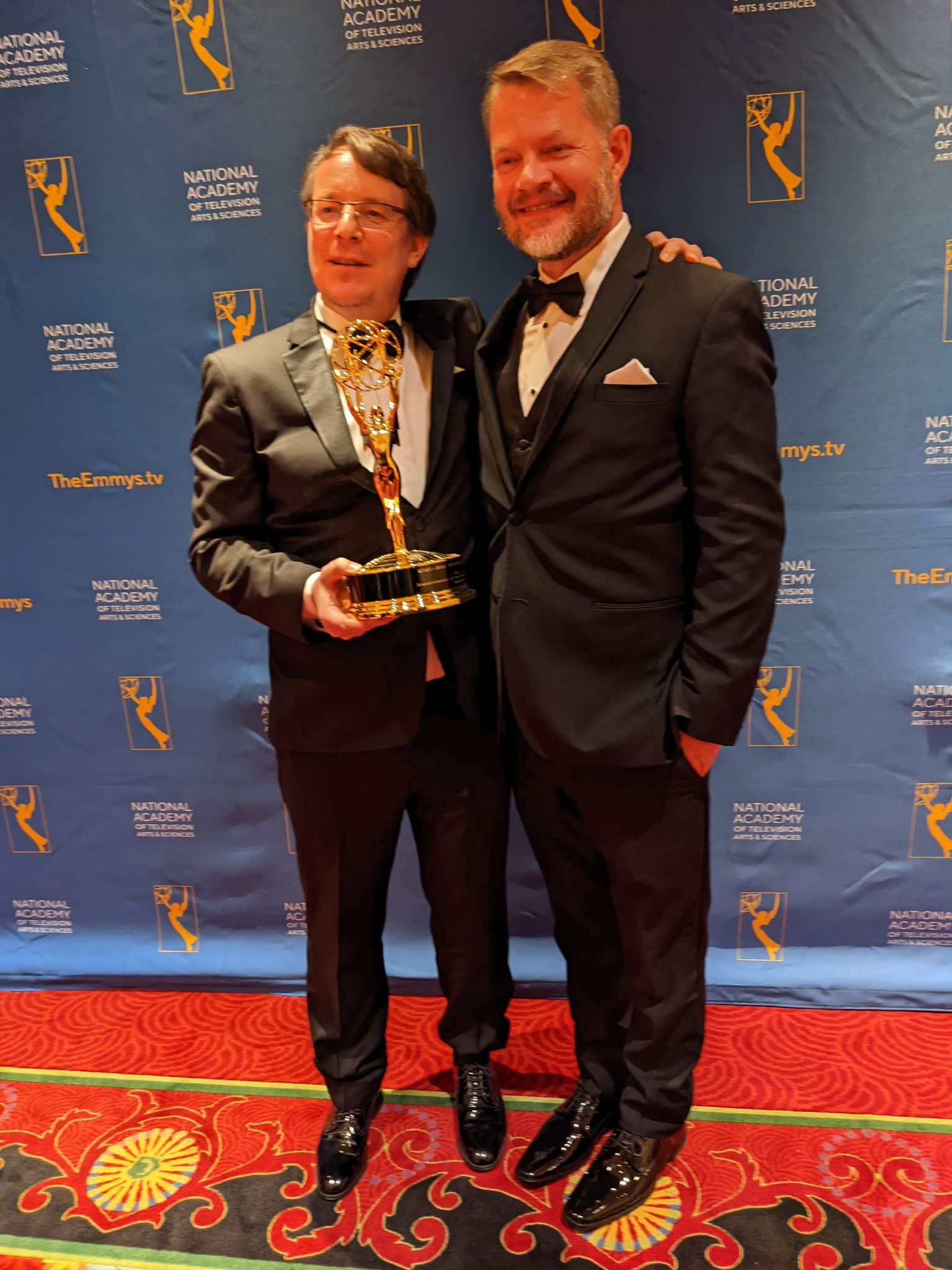Perhaps you watch the yearly Emmy® awards to see if your favorite television shows and actors will win. (The Emmy® awards are for television shows in the United States.)
Did you know that software engineers and font teams also win Emmys®?
Google Fonts is part of the
The World Wide Web Consortium (W3C)’s Web Fonts Working Group that won an Emmy this year for Standardization of Font Technology for Custom Downloadable Fonts and Typography for Web and TV Devices at the
Technology & Engineering Emmy® Awards. The award ceremony took place at the National Association of Broadcasters (NAB) show in Las Vegas on April 25, 2022.
The award was for the Web Open Font Format 2 (WOFF2) that became a
standard in 2018. WOFF2 is installed on all major web browsers and powers a vast majority of sites. Google Fonts collaborated on creating both WOFF 2 and its predecessor, WOFF. The team created and maintains the WOFF2 encoder and decoder that convert a font to WOFF2 and from WOFF2 back to a font. The encoder and decoder are used in most browsers.

Google Software Engineers Jyrki Alakuijala and David Kuettel (left to right), Photo credit: NATAS
What are web fonts? How do they impact your online entertainment streaming?
Web fonts enable people to use fonts on demand without requiring installation in their operating systems. They make it easier for your movie or television series to load faster and they take up less Internet bandwidth. WOFF2 fonts are smaller and load faster than previous formats, such as TrueType Font (TTF) and Embedded OpenType File Format (EOT).
Before the invention of web fonts such as WOFF2, some fonts were embedded in images and would slow down the time it took for the pages to load. When text is embedded in images, such as in film or television posters, and not included as
alt text or in adjacent text near the poster, it can cause accessibility issues for
screen reader users because screen reader programs usually can’t read embedded text in images. With WOFF2, it’s more convenient for website designers to use fonts to display text. As a result, screen reader users can hear the text read to them.

Garret Rieger, Google Fonts Software Engineer and Co-chair of the Web Fonts Working Group, Photo credit: NATAS
“Prior to the WOFF, if online media streaming services wanted to use web fonts, they would have to provide the web fonts in several different formats, depending on the browser. Since all major browsers support WOFF2, online streaming services only need the font in the WOFF2 format. Google Chrome was the first browser to support WOFF2,” explained Garret Rieger, Google Fonts Software Engineer and Co-chair of the Web Fonts Working Group.
The Web Fonts Working Group is currently collaborating on a
standard for incremental font transfer to speed up font loading. With this technology, clients, such as a streaming company, will load only the portions of the font they actually need.